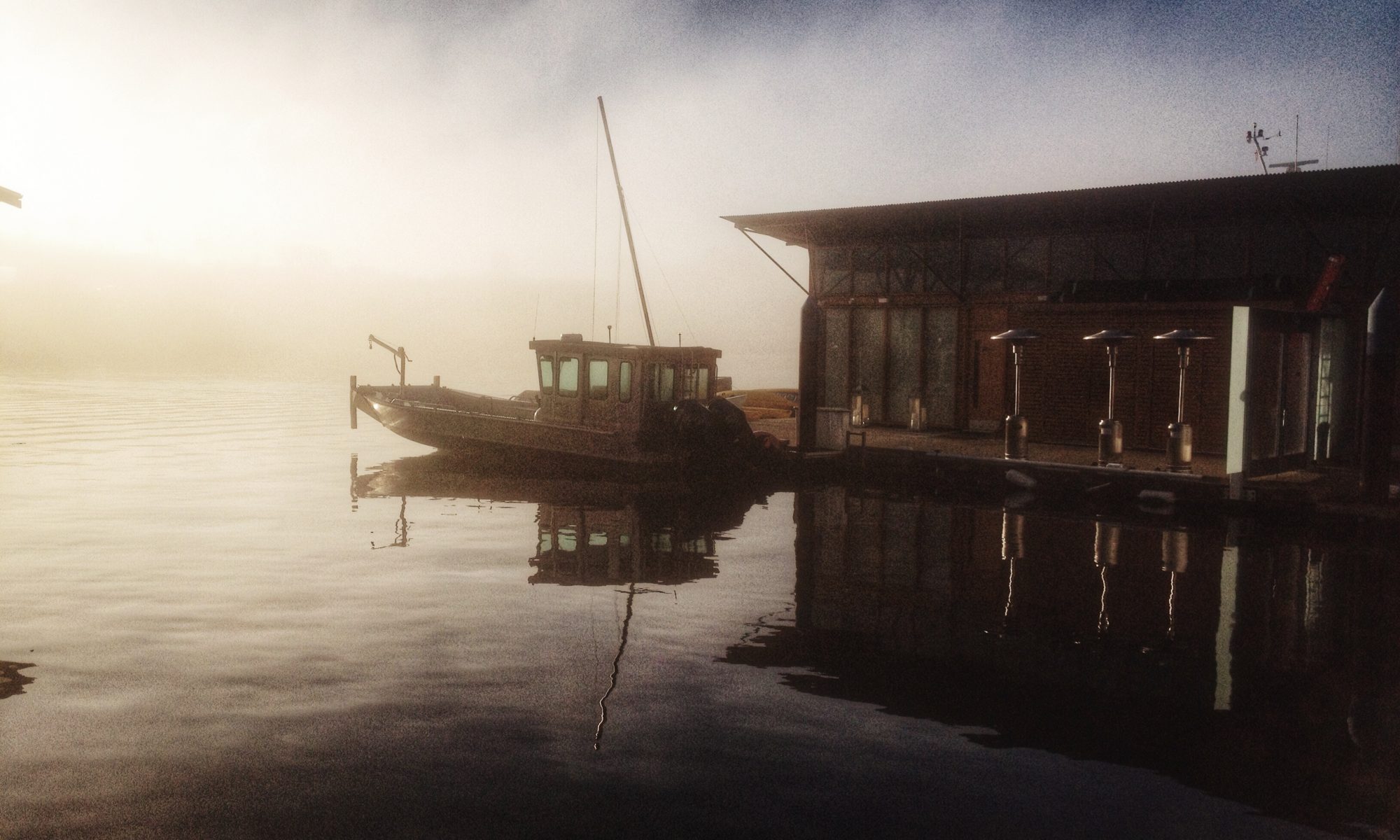I spent some time over the past couple of days pushing out a few minor updates to http://wherepost.ca. Here’s the rundown:
- I imported, and now scrape, the KML file from Matthew Hoy’s mailbox-mapping project. This doubled the size of Where Post, and merges work doing the same thing.
- I finally got around to adding in a “name” field, per David Eaves’ request of oh-so-long-ago. When you add a mailbox, if you enter a name or twitter handle (neither is linked anywhere), it should set a cookie that’ll remember who you are for next time.
- I added in some social-sharing buttons. But because I actually dislike the way these look in general, and like the minimal interface WherePost presents, particularly on mobile, these currently only show on the “About” pages. I was thinking I should add these to the “add mailbox” results, but am holding off for now. I would appreciate it if you went ahead and used these though!
- Caching: Most result-sets are now cached for an hour, although adding a new mailbox will reset that cache. This is to account for the odd times when it looks like a bot is scraping the site and causes actual load.
- Post Offices: Because the GooglePlaces API returns Yellow-pages data, whom I don’t like, and in a way that was pretty broken (you’d always get duplicates, for english/french names of the same place, even if the data was identical, plus it’d overlay a link to the Yellow Pages), I’ve removed this, and added in the ability to specify you’re adding a Post Office OR a Mailbox when adding a new location.
- Feeds! It felt wrong to be pulling in all this data, but not providing an easy way to get it all back out for you to remix however you wanted. So you can now get all the data WherePost has in 2 formats: JSON & KML. To do this, simply go to: http://wherepost.ca/load. This page has a few query-string params you can pass in:
1)FORMAT: you can pass ?format=kml to get the feed in KML format – JSON is the default.
2)RECORDS: you can pass ?records=X, where X is an integer to limit the resultset. By default, WherePost will return up to 10,000 records.
3)SW & NE: to limit your results to a particular region, pass sw & ne coordinate bounds. So, for instance, ?NE=49.350405349378214,-122.72854022578122&SW=49.16644496927114,-123.2606904943359 will *roughly* return all the results in Vancouver
I think that’s all the updates. Let me know if you run into any difficulties!

